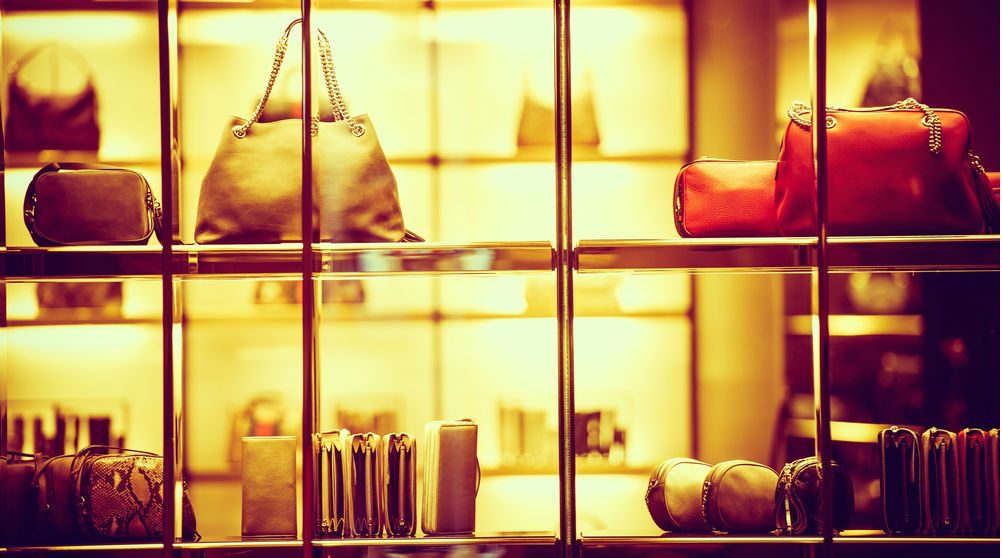Things are changing in the elite world of luxury goods.
Despite resilient historical demand (given the power of brand heritage), population growth and increasing affluence, the luxury-goods market has found itself struggling over the last couple of years.
The challenges faced by this market are wide-ranging, from social media revolutionising the way consumers think about luxury products, to e-commerce transforming how people buy them, not to mention the effect of political changes in hindering sales in certain countries.
We’d like to outline some of the changes which are taking place, and look at how they are affecting consumer behaviour and sales of luxury goods.
It’s all about the experience
Tastes are changing globally. Consumers in Europe, the US, and Japan, and even in emerging markets, are increasingly prioritising experiences over ‘stuff’. This is no different in the luxury price bracket, where spending on travel, eating out, art collecting, philanthropy and other cultural activities has been taking share away from traditional luxury products.
Millennials and the rise of social media have certainly had a major part to play in driving cravings for ‘experiences’, with a study by the Harris polling company finding three in four millennials would choose to spend money on a desirable experience over buying a physical item. As more and more people post their experiences on social media, many cite the ‘fear of missing out’ and competitiveness as a potential cause.[1]
Challenges in China
In the past, it was commonplace for a Chinese businessman, cautious of storing his money within mainland China, to put a few luxury watches in a safe deposit box in Hong Kong. Nor would it be unusual for private enterprise to sweeten a deal with a public official with a couple of bottles of champagne. Today, things have changed. In recent years, the Chinese government has clamped down on corruption, and restricted the moving of money abroad. According to various sources, this may have accounted for as much as 25-30% of the Chinese market in certain categories, with watch sales in particular hit hard.
Tighter customs controls at home, less favourable currency translation, and a number of terrorism incidents in Europe have also put off the professional shoppers of China, who would regularly take trips abroad to buy for themselves and others.
… and elsewhere…
In Hong Kong, demand is suffering from the fall in spending from mainland Chinese, worsened further by the ‘Occupy Central’ civil disobedience movement and various incidents of hostility between locals and tourists.
Meanwhile, in Russia, Nigeria and the Middle East, the collapse in the oil price has meant much weaker demand from these traditionally big luxury spenders.
Digital dinosaurs
The way people buy is evolving. As consumers become increasingly comfortable with online shopping, it is likely they will be more relaxed about the idea of purchasing luxury online. This is particularly true of the younger generation, who may be intimidated at the thought of entering a physical store, and who have grown up accustomed to accessing full product ranges and prices with just a swipe of their phone.
With a few honourable exceptions, brands have been slow to capitalise on the power of online, being sceptical about whether consumers would buy a several thousand-dollar handbag on the internet, and fearful of reputational damage and of losing of their aura of exclusivity.
Being slow on the uptake has hurt certain brands. This has been especially true in the case of China, where brands were greedy, taking as much pricing as they could. The advent of e-commerce and social media platforms such as Alibaba and We Chat, together with more frequent travel and favourable currency translation, has stimulated huge growth in a China-led grey market for luxury goods, particularly in the case of soft luxury (clothes and handbags), removing pricing and image control from the big brands.
Despite a somewhat slow start in embracing the online world, brands are now starting to wake up to the opportunities it brings, and the risks of not meeting the demands of a new generation of luxury consumers.
In our next post, we’ll look further into this area and explore what luxury brands are doing to avoid ‘dropping their shopping’ in this scrolling, clicking and screen-gazing digital landscape.
[1] Source: Harris survey of 2,000+ US consumers, July 2014: http://eventbrite-s3.s3.amazonaws.com/marketing/Millennials_Research/Gen_PR_Final.pdf
Any reference to a specific security, country or sector should not be construed as a recommendation to buy or sell this security, country or sector. Please note that holdings and positioning are subject to change without notice.






Comments